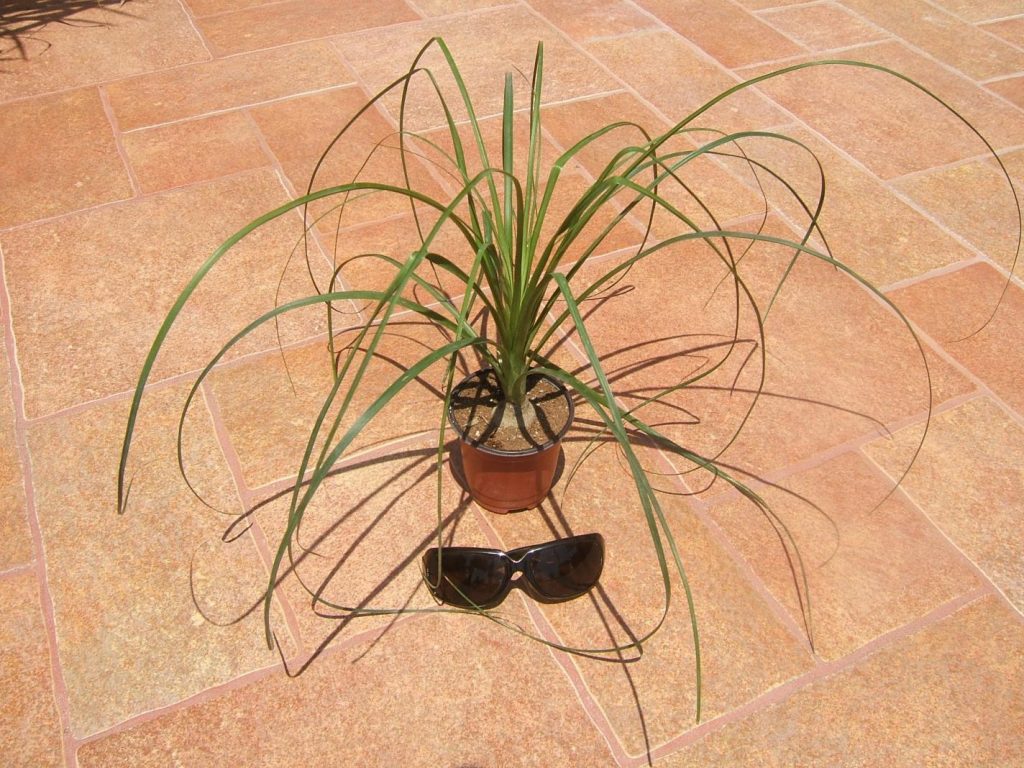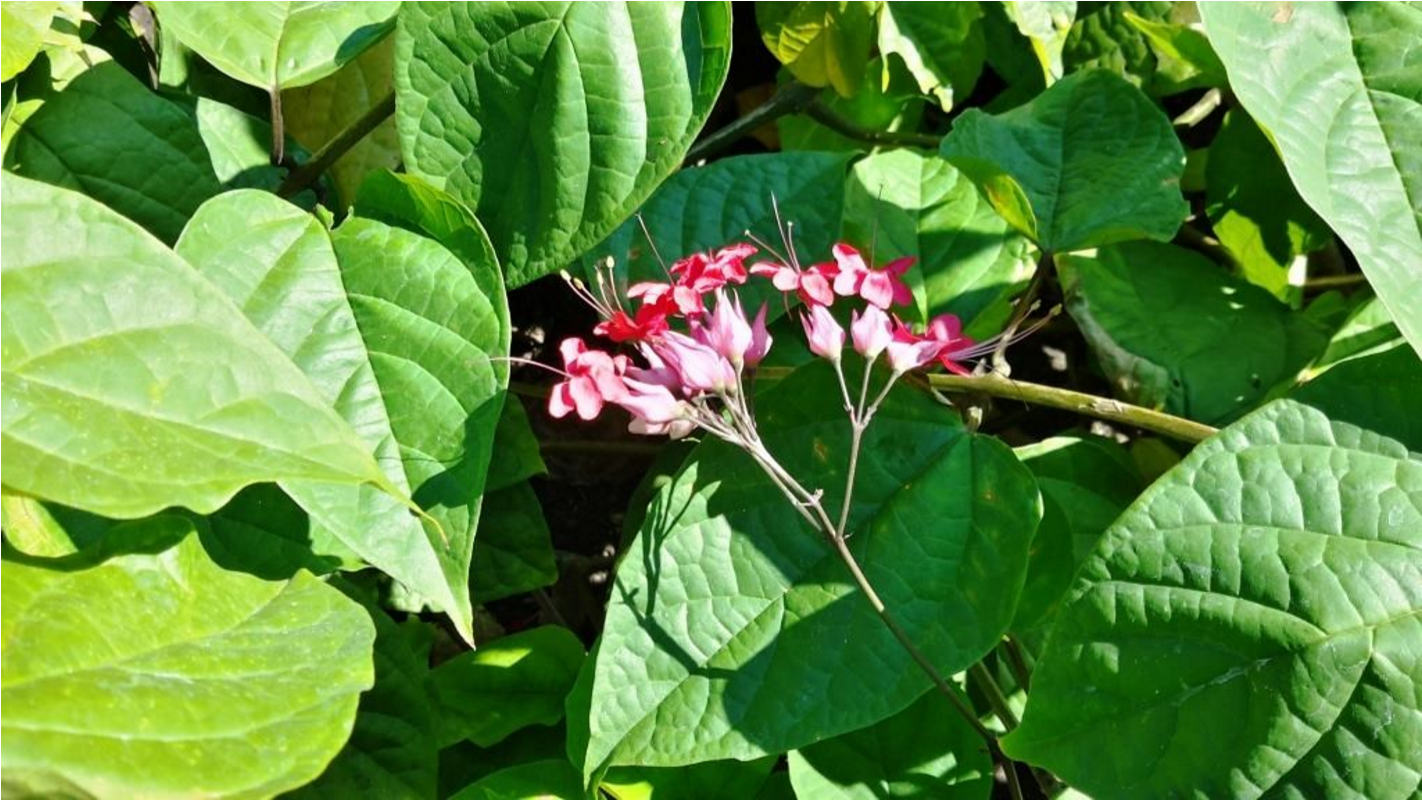By Tommy Clarkson from the November 2009 Edition
Professionals quibble about to which of the three botanical families this plant belongs, hence the three cited above. Additionally, just like its common name differences, there is disagreement as to its Latin name. In the US the name most commonly used is Beaucarnea recurvata, while in Europe Nolina recurvata has been preferred.

Very slow growing, though called a palm, these almost prehistoric looking plants are not in that family nor are they even closely related. In reality, these unique and interesting looking succulent perennials are indigenous to Mexico with the entirety of the genus comprised of but six species. Kin to yuccas and century plants, a professional peer describes these plants as looking “a little like a palm, and a little like a big onion sitting on the ground with a single stalk growing up and sporting a parasol of drooping, straplike leaves” a very correct and appropriate picture he word paints!
As a result of its swollen trunk base, many call this intriguing looking plant an Elephant’s Foot. This inflated trunk stores water and, as a result can live through extended drought
One of the remarkable aspects of this tree is that, with age, each grows personally unique branches rendering itself wholly different from all others hence no two appear alike.
The pendulous leaves of the Beaucarnea recurvata grow up to six feet in length, are less than an inch wide, narrow, sharp edged, grass-like and are bunched in large, dense terminal rosettes. However, this ancient looking tree will always remain sparsely branched if compared to other more conventional looking ones.
Interesting looking even when young, its base then appears more bulbous and is tan in color. But with age, the trunk darkens to a grayish hue and the bark becomes fissured and wrinkled and a bit gnarly not unlike some of us!
These ravages of life in the wild are well attested by gouges, scrapes and scars on a 120 year old, transplanted, specimen in front of the author’s home. One telling mark, attesting to the havoc wrought by life in the wild, is that of distended bark grown over barb wire, long ago affixed to one of its five upright branches.
Over a long life, this interesting plant can reach heights up to thirty feet.

After reaching maturity, panicles of small, creamy white flowers comprised of six petals may appear but no seed will be produced unless a tree of the opposite sex is nearby.
Though in the succulent family and, as a result, rather drought tolerant – they are most appreciative of water. Propagated in the wild by seed, their preferred home is in sandy, humusy and well drained soil. While capable of growing in partial shade, these plants prefer bright sun.
Download the full edition or view it online
—
Tommy Clarkson is a bit of a renaissance man. He’s lived and worked in locales as disparate as the 1.2 square mile island of Kwajalein to war-torn Iraq, from aboard he and Patty’s boat berthed out of Sea Bright, NJ to Thailand, Germany, Hawaii and Viet Nam; He’s taught classes and courses on creative writing and mass communications from the elementary grades to graduate level; He’s spoken to a wide array of meetings, conferences and assemblages on topics as varied as Buddhism, strategic marketing and tropical plants; In the latter category he and Patty’s recently book, “The Civilized Jungle” – written for the lay gardener – has been heralded as “the best tropical plant book in the last ten years”; And, according to Trip Advisor, their spectacular tropical creation – Ola Brisa Gardens – is the “Number One Tour destination in Manzanillo”.





You must be logged in to post a comment.